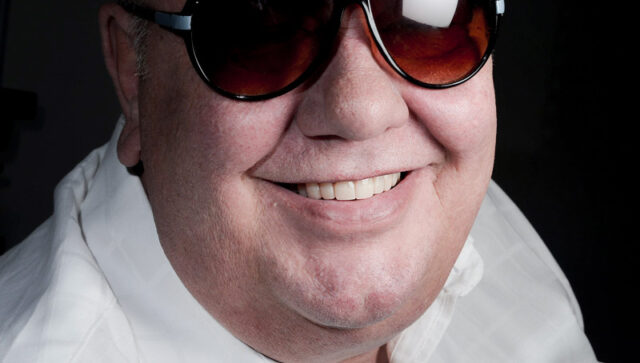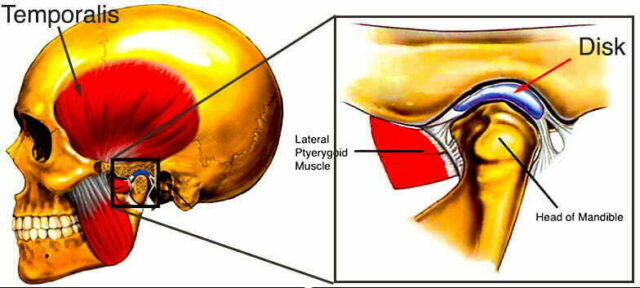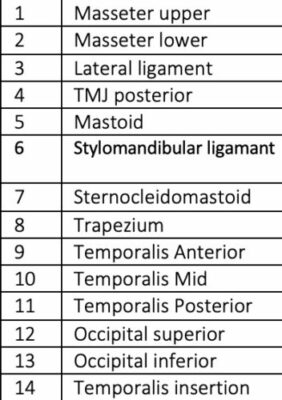WHAT IS TMJ DISORDER?
TMJ Disorders, TMJ dysfunction and TMJ parafunction are different medical terms used to describe TMJ with an abnormal function.
‘TMJ’, short for Temporo-Mandibular-Joint which is the name of the jaw joint. Nightly teeth grinding is common and most of us will do it in our deep REM sleep. However, when it is excessive, it is called ‘bruxism’ 😬 and causes certain signs of abnormality. Grinding in our deep sleep has been shown to exert 14 times 💥 more force than during the day. That is a massive amount! This can cause a number of signs and symptoms:
- Removable retainers getting crushed and split 😣.
- Bonded retainers breaking down, with flaking resin.
- Rapid tooth wear.
- Joint clicking or popping.
- Limited jaw opening, below 40mm.
- Muscle aches in the jaw, temples, neck, shoulders, and back, impacting sleep and comfort.
- Jaw locking 🤐.
- Headaches.
- Gum recession and increased tooth mobility, not just regular gum issues.
- ‘Crack tooth’ syndrome.
- Abfraction cavities near the gums due to teeth flexing from grinding.
Biteguard and SCI (Sleep Clench Inhibitor) are your allies against these challenges. Regularly using a Biteguard can significantly lessen these symptoms. SCI is your key to preserving dental and jaw health 🌈👍.
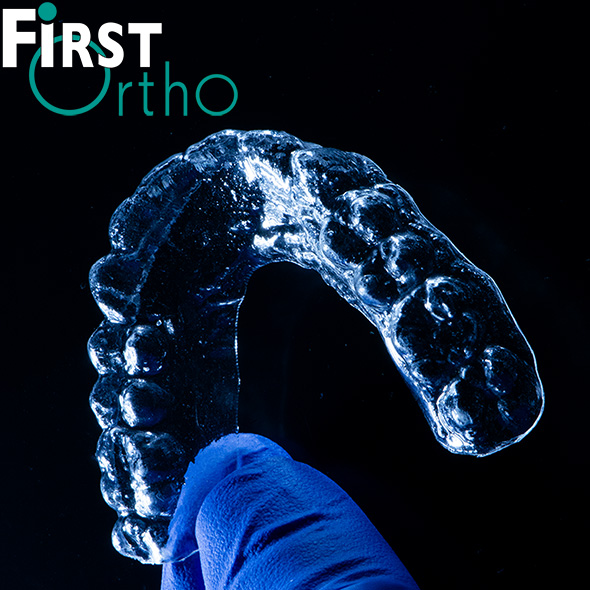
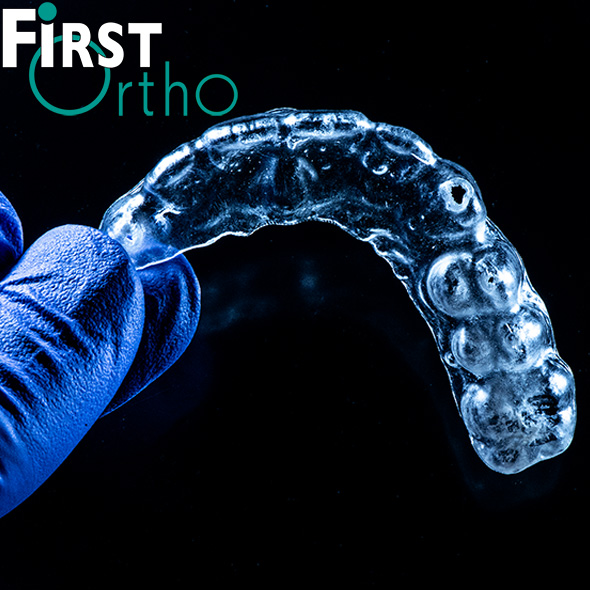
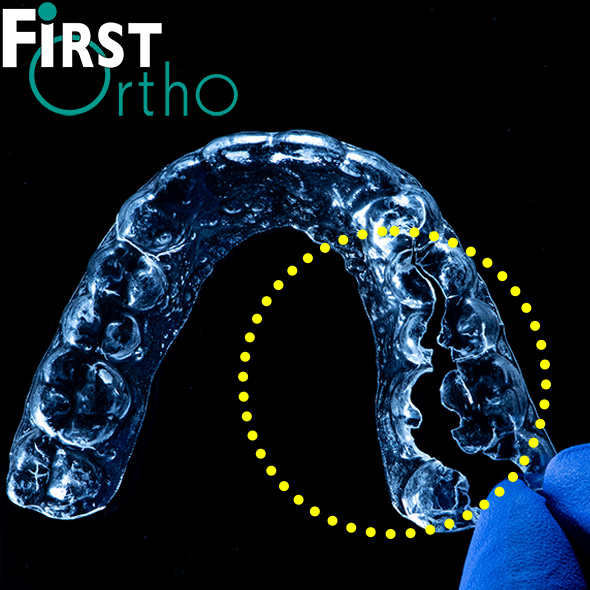
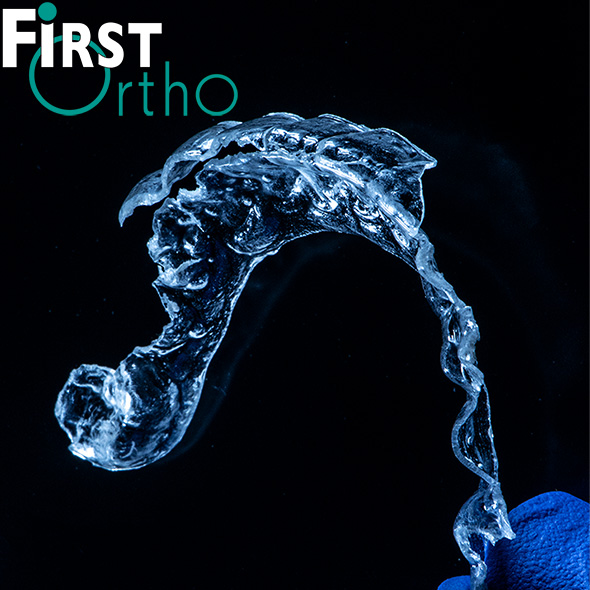
TMJ Assessment
We are like detectives with your jaw joint, muscles, and the jaw joints. We dive deep to figure out what’s going on.
Our goal? To dial down or say ‘bye’ to that nagging head and neck pain that comes from grinding your teeth. Trust us to get to the bottom of it and help you kick that grind to the curb!
So let’s get you that comfort you deserve! Your smile (and your head) will thank you! 😁🎉




